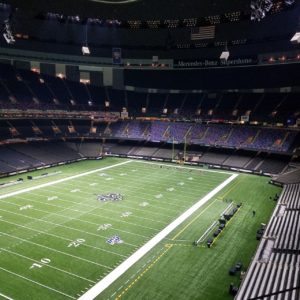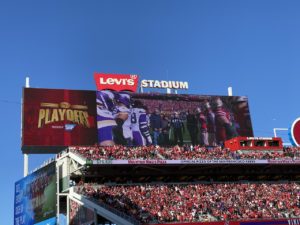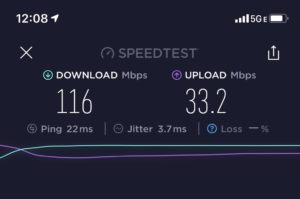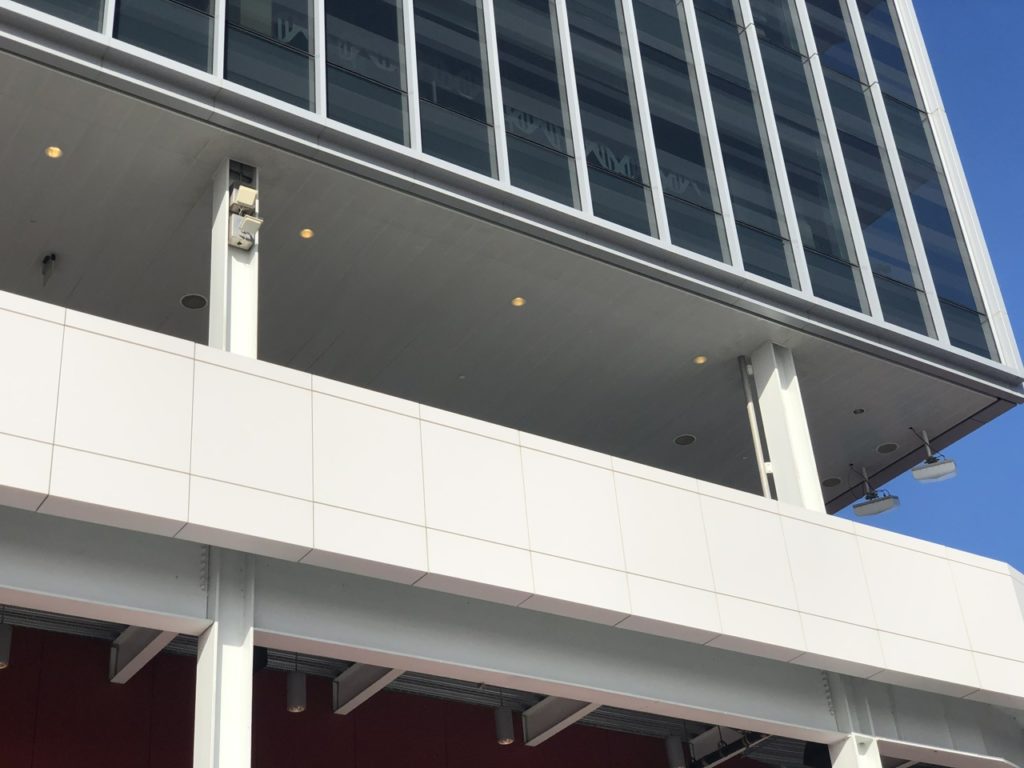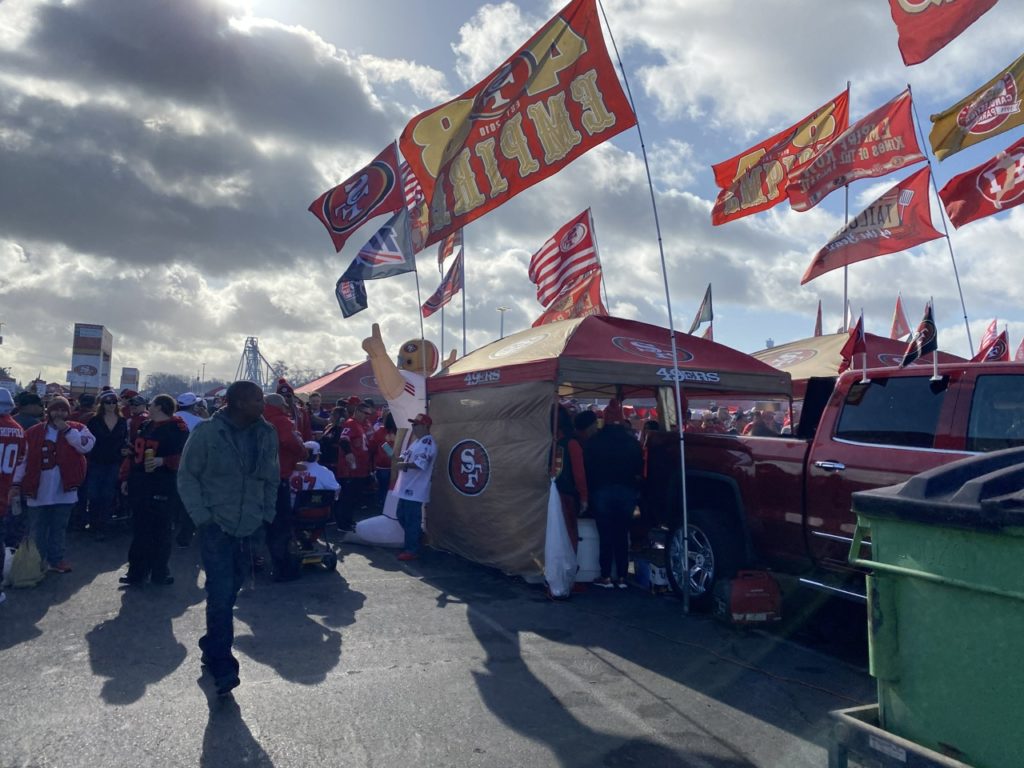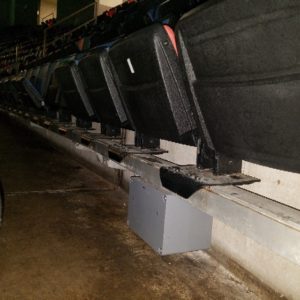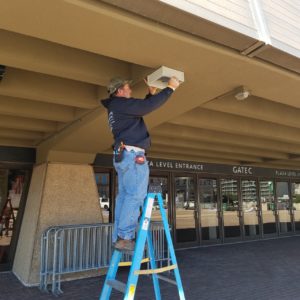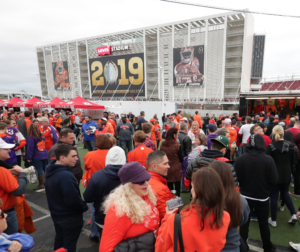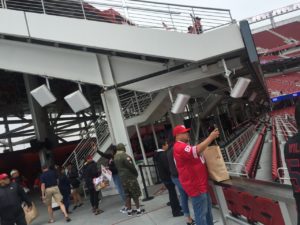With 76,885 spectators in attendance to witness LSU’s 42-25 victory in the championship game
(including President Trump, his entourage and accompanying security personnel), the
Superdome’s Wi-Fi performed beautifully. According to figures provided to Mobile Sports
Report by ASM Global (the entity that resulted from the September 2019 merger of Anschutz
Entertainment Group and venue management firm SMG), the Superdome’s wireless network
handled 41,475 unique users, along with 28,534 concurrent users. Fans generated 10.12 TB of
network data during the game, according to ASM Global contractor Dave Stewart. Top
applications creating that motherload of bytes (in order of usage) were iCloud, Facebook,
Snapchat and Instagram.
“The lower bowl and outer plaza area upgrades made a significant impact on patrons’ ability to
onboard to the system and flow into the building seamlessly. We saw a significant improvement
in the reduction of signal noise, resulting in cleaner, faster connectivity for individual devices,”
commented Matt Boyd, IT manager for the Mercedes-Benz Superdome and the adjacent
SmoothieKing Center and Champions Square facilities. “At the end of a long day, I was pleased
at the experience we were able to give our patrons, media, and the staffs of the various
organizations that make an event of this caliber happen.”
Newly installed APs outside in the plaza entry areas also kept things moving for fans and venue
management. “Paperless ticketing – a QR code on cell phone — accounted for over 85 percent
of the ticketed entry,” Stewart said. “We on-boarded over 40,000 unique devices at our entry
gates, which equates to over 60 percent of users accessing their ticket via Wi-Fi.”
